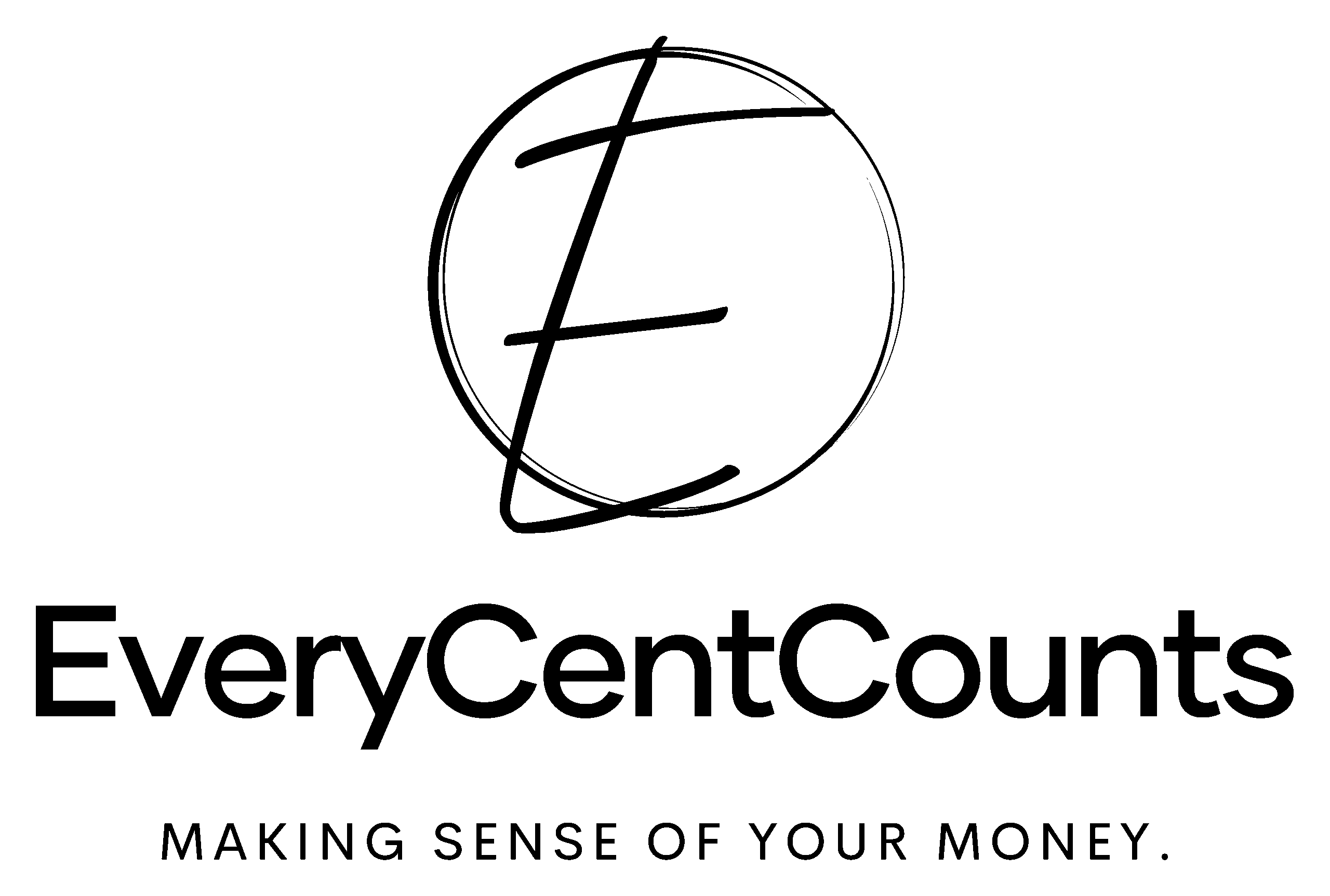Budgeting 101 for Experienced Business Owners
Even for seasoned business owners, adopting a formal budget can feel overwhelming at first. This guide breaks down a simple budgeting structure designed to align with the needs of an established business:
1. Operating Expenses (40-50%)
These include rent, utilities, office supplies, software, and other necessary costs to keep your business running smoothly.
Justification: Established businesses typically have consistent operating costs, and allocating up to 50% ensures these essentials are covered without overextending resources.
2. Marketing and Growth (15-20%)
This category focuses on scaling the business—investing in digital marketing, customer acquisition strategies, branding campaigns, and partnerships.
Justification: To stay competitive and reach new markets, an established business needs to maintain robust marketing efforts to drive continuous growth.
3. Employee Compensation and Benefits (20-25%)
This budget goes toward employee wages, bonuses, training, and benefits like healthcare and retirement plans.
Justification: Employees are a significant asset to any business. Competitive compensation ensures higher retention, productivity, and overall morale.
4. Savings and Contingency Fund (5-10%)
This is for unexpected operational costs, emergencies, or opportunities to seize when they arise.
Justification: A financial cushion provides stability and prevents disruptions during unforeseen events, such as market downturns or equipment failures.
5. Profit and Reinvestment (10-15%)
Profit sharing, reinvestment in product development, new equipment, or expansion efforts fall into this category.
Justification: Allocating profits strategically balances rewarding stakeholders and fostering long-term growth.
A Practical Example
If your monthly revenue is $50,000:
- Operating Expenses: $22,500 (45%)
- Marketing and Growth: $7,500 (15%)
- Employee Compensation: $10,000 (20%)
- Savings: $2,500 (5%)
- Profit/Reinvestment: $7,500 (15%)
This 100% breakdown provides a foundation to help you manage funds effectively. Keep in mind that these percentages can be adjusted based on industry specifics and your business goals. For example, if you’re heavily reliant on employees, you may allocate more to compensation, or if you’re in a growth phase, you might boost marketing.
